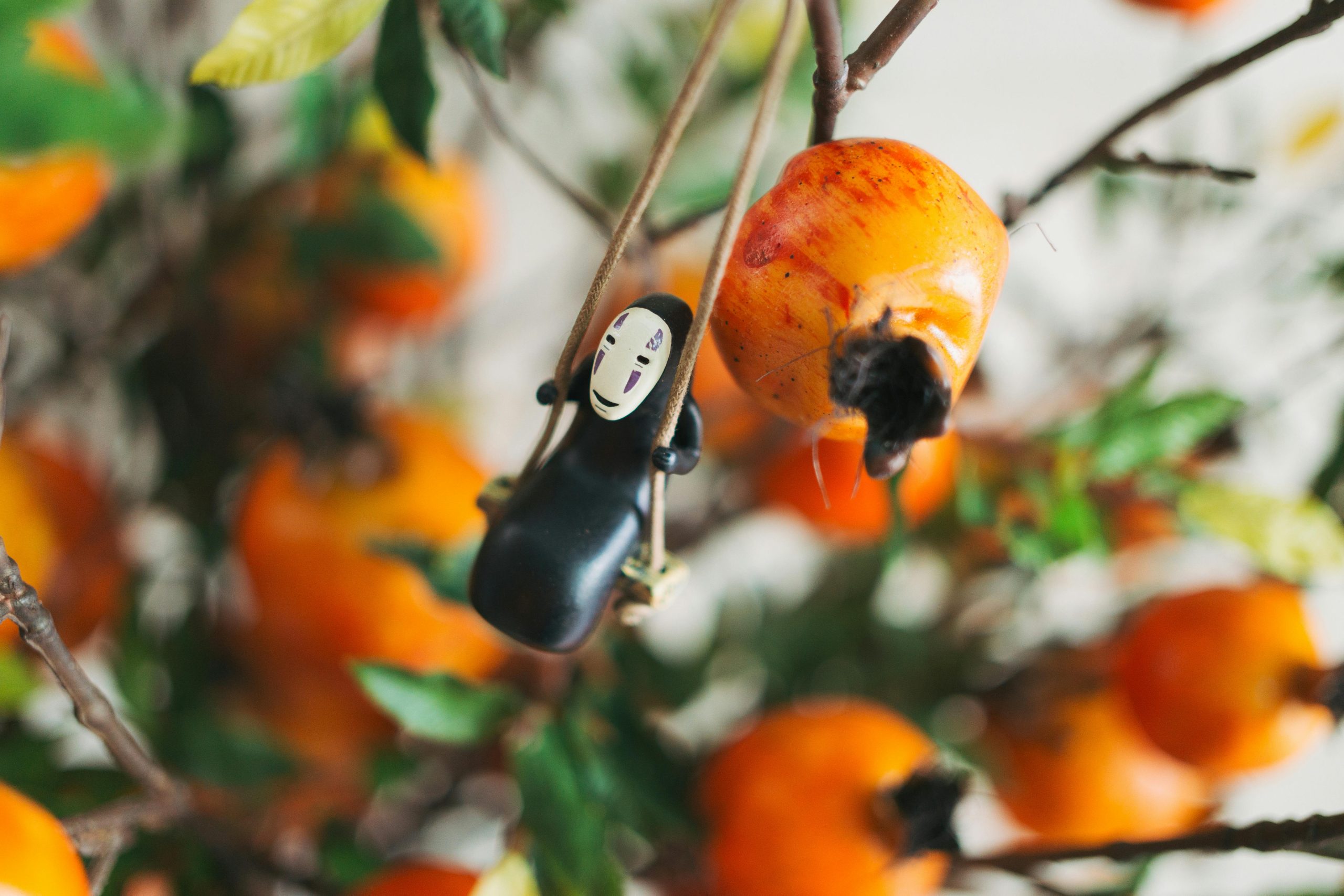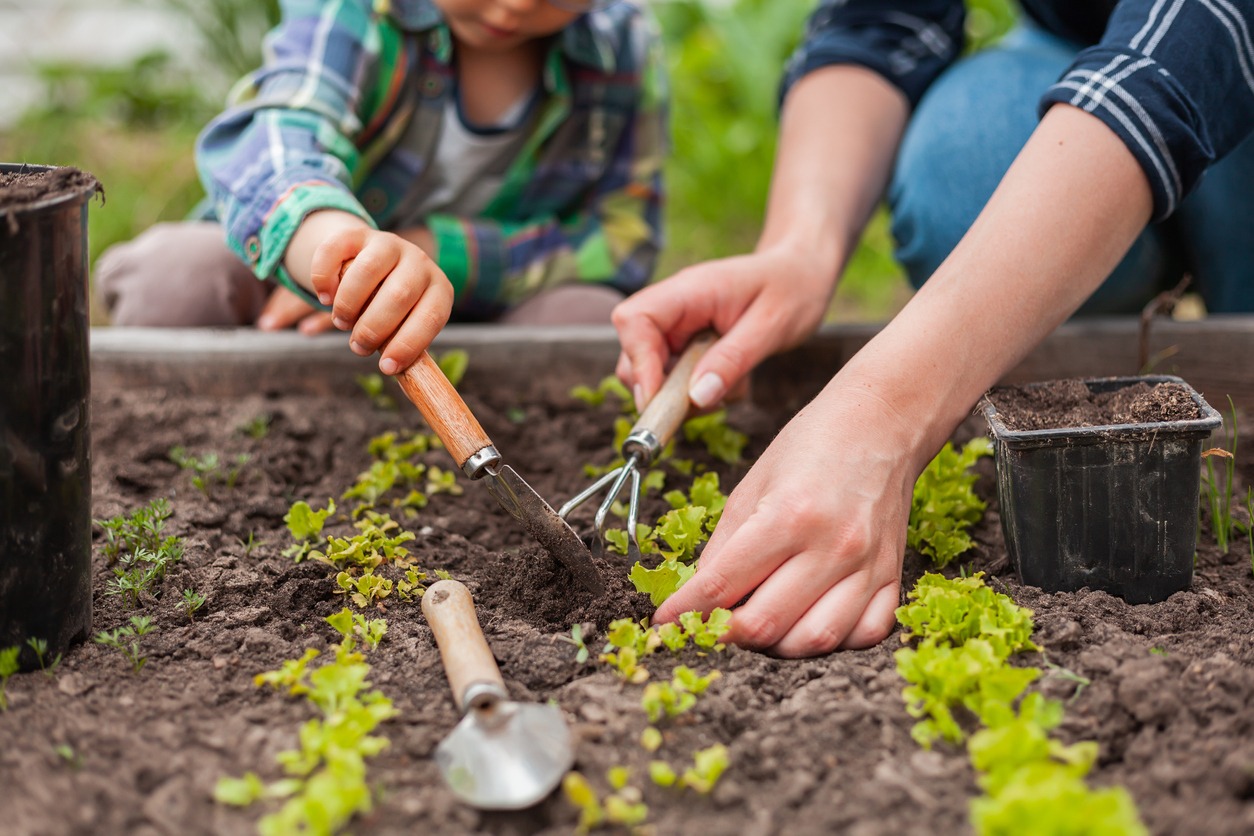The Rise of Miniature Fruit Trees

As urban spaces shrink and modern lifestyles demand practicality, the allure of miniature fruit trees has blossomed. These pint-sized wonders offer a solution for gardeners constrained by space, time, or mobility, yet unwilling to sacrifice the satisfaction of growing their own fruit. Across Britain, from terraced backyards to high-rise balconies, compact orchards are proving that size need not limit ambition. This article explores the unexpected benefits, surprising history, and essential know-how behind cultivating these small-scale marvels, with a particular nod to apple trees—the nation’s horticultural darling.
For those seeking fruit trees for sale, the trend towards dwarf varieties has never been stronger. A nursery specialist at Chris Bowers, a respected name in British horticulture, notes that these trees are bred for efficiency, not just aesthetics. “Dwarf fruit trees deliver full-sized fruit with less fuss, making them ideal for beginners or those with limited room. They’re perfect small dwarf trees for pots or patios, and their manageable height means no ladders for pruning or picking.” This practicality, paired with their productivity, has sparked a quiet revolution in how we garden.
Why Miniature Fruit Trees Are Taking Root
The appeal of miniature fruit trees lies in their adaptability. Britain’s climate, with its cool summers and damp winters, suits many fruiting species, but traditional orchards demand sprawling plots few now possess. Dwarf varieties, typically growing to 1.5–2.5 metres, fit neatly into corners or containers, thriving where standard trees would falter. Apple trees, in particular, dominate this category, with cultivars like ‘Cox’s Orange Pippin’ or ‘Discovery’ available in compact forms that still yield crisp, juicy fruit.
Beyond space, there’s the matter of time. Modern gardeners juggle packed schedules, and dwarf trees require less maintenance than their towering kin. Their smaller root systems mean they establish quickly, often fruiting within two to three years rather than the five or more demanded by larger specimens. For urbanites or retirees, this speed is a boon—fresh apples or pears without decades of waiting. Energy efficiency plays a role too; their size reduces the physical strain of pruning, watering, and harvesting, broadening their appeal across generations.
Then there’s the environmental angle. Compact trees suit sustainable gardening trends, needing less water and fewer chemicals due to their contained growth. In a nation increasingly conscious of its ecological footprint, this thriftiness resonates. A row of potted dwarf apples along a balcony can feed a household while cutting reliance on supermarket imports—no small feat when freight emissions are under scrutiny.
A Brief History of Small-Scale Fruit
The story of miniature fruit trees stretches further back than most realise. While today’s dwarf varieties owe much to 20th-century breeding, their roots lie in ancient horticulture. Roman gardeners, ever practical, grafted fruiting branches onto dwarfing rootstocks to maximise yields in cramped villa courtyards. By the Middle Ages, European monasteries refined these techniques, cultivating apples and pears in cloistered gardens where space was sacred. Britain’s own history chimes in during the Victorian era, when estate gardeners prized compact trees for glasshouses, blending utility with ornamental flair.
The modern dwarf tree, however, emerged from scientific precision. In the early 1900s, East Malling Research Station in Kent pioneered rootstocks like M9 and M27, which restrict growth while boosting fruit production. These innovations, initially for commercial orchards, trickled into domestic gardens by the mid-20th century. Today, nurseries offer fruit trees for sale that trace their lineage to these breakthroughs, blending heritage with cutting-edge cultivation.
Apple trees spearheaded this shift. As Britain’s most beloved fruit, apples were the natural focus for dwarfing experiments. Their versatility—eaten raw, baked into pies, or pressed into cider—made them a staple worth shrinking. Other species followed: pears, cherries, and even plums now thrive in miniature, but apples remain the poster child for this horticultural downsizing.
Choosing the Right Tree for Your Space
Selecting a dwarf fruit tree begins with understanding your environment. Britain’s varied microclimates, from Cornwall’s mild coast to Scotland’s chillier uplands, influence what thrives. Apples are forgiving, tolerating most conditions if given decent drainage and sunlight—five to six hours daily keeps them happy. Pears prefer slightly warmer spots, while cherries demand shelter from wind. Soil matters too; a well-draining loam suits most, though containers can sidestep poor ground with the right compost mix.
Size is the next hurdle. Labels like “dwarf” or “patio” hint at height, but rootstock codes (M27 for ultra-dwarf apples, say) offer precision. Nurseries stock trees grafted onto these roots, ensuring predictable growth—vital when a 2-metre ceiling looms. For balconies, a 1.5-metre apple like ‘Falstaff’ in a 30-litre pot works; for small gardens, a 2.5-metre ‘Conference’ pear might stretch the budget of space and soil.
Pollination seals the deal. Many fruit trees need a partner to bear fruit, though dwarf varieties often come self-fertile—‘Braeburn’ apples or ‘Concorde’ pears, for instance, manage solo. If cross-pollination is required, proximity matters; two dwarf trees in pots can cosy up where standards couldn’t. Timing aligns here too, with flowering groups overlapping to ensure success. A quick check of cultivar details avoids barren seasons.
Planting and Positioning for Success
Planting a dwarf fruit tree is straightforward but demands care. Late autumn to early spring, when trees are dormant, is prime time—October to March in most of Britain. Bare-root specimens, cheaper and fresher than potted ones, establish well if soaked briefly before planting. Dig a hole twice the rootball’s width, mix in compost, and stake lightly if wind threatens. For pots, a peat-free compost with grit ensures drainage; overwatering drowns roots faster than drought.
Positioning hinges on light and shelter. South- or west-facing spots catch the sun, though east works if shielded from morning frost. Walls or fences offer warmth and windbreaks, boosting fruit set in fickle springs. Containers add flexibility—wheel a tree indoors during a late freeze, or shift it to chase sunlight. Spacing matters less with dwarfs; 1–2 metres apart suffices, compared to 6–10 for standards.
Watering settles them in. A weekly soak for the first year builds resilience, tapering as roots spread. Mulch—bark or straw—locks in moisture and deters weeds, though keep it clear of the trunk to avoid rot. By year two, rainfall often suffices unless summer scorches.
Care and Maintenance Through the Seasons
Dwarf fruit trees reward minimal effort with steady crops, but they’re not hands-off. Pruning shapes their future. Late winter, before buds swell, is best—cut back last year’s growth by a third, aiming for an open goblet shape. This channels energy into fruit, not foliage. Summer trims tidy wayward shoots, especially in pots where space pinches. Sharp secateurs and clean cuts prevent disease; a wipe with alcohol between trees stops blight spreading.
Feeding keeps them fruitful. A balanced fertiliser in spring—10-10-10 or similar—sparks growth, while potassium-rich feeds (think tomato food) ripen fruit come summer. Overdoing nitrogen risks leafy sprawl over apples or pears, so restraint pays. Pests lurk too; aphids and codling moths target apples, but netting or traps manage them without heavy sprays. Wasps, drawn to fallen fruit, vanish if you clear the drops.
Winter asks little—just a check for storm damage and a mulch refresh. Pots need insulation if frost bites deep; bubble wrap or fleece around the base saves roots. Come spring, the cycle restarts, with blossoms hinting at harvests ahead.
Harvesting and Enjoying the Fruits
The payoff arrives in late summer to autumn, depending on variety. Dwarf apples like ‘Gala’ ripen by August, while ‘Bramley’ lingers into October. Twist, don’t pull—ripe fruit lifts easily, leaving unready neighbours. Yields surprise novices; a 2-metre tree can offer 10–20 kilos, enough for a household’s crumbles and chutneys. Pears peak softer, cherries earlier, but all share that dwarf perk: no ladder required.
Storage stretches the bounty. Cool, dark sheds keep apples months if wrapped individually; pears ripen indoors. Freezing or jamming handles gluts—Britain’s wartime knack for preserving still holds. Cider presses tempt apple growers too, with dwarf trees yielding enough for a batch.
Beyond the Harvest: Long-Term Rewards
Miniature fruit trees offer more than fruit. Their blossoms cheer dreary springs, drawing bees to urban plots where pollinators dwindle. Their scale suits schools or community gardens, teaching kids horticulture without vast land. For older gardeners, they’re a lifeline—productive without the toil of yesteryear’s orchards.
Cost stacks up too. While dwarf fruit trees for sale carry a modest upfront price—£20–£40 each—they outlast supermarket trips in value. A decade’s harvests offset that fast, especially with Britain’s apple prices creeping up. Nurseries report surging demand, with stocks of patio peaches or dwarf plums joining apples in the race.
The Future of Small-Scale Gardening
Britain’s gardening future leans compact. As housing squeezes plots and climate shifts test resilience, dwarf fruit trees bridge old traditions with new realities. Breeders push boundaries—disease-resistant apples, frost-hardy cherries—while growers experiment with vertical gardens or rooftop orchards. The trend echoes wider shifts: efficiency, sustainability, and a yen for homegrown over imported.
For anyone eyeing fruit trees for sale, the dwarf revolution offers a pragmatic plunge. Apples lead, but the range widens yearly. In a nation of gardeners, these small trees prove big ideas still bloom—on patios, in pots, or wherever soil meets sun.
